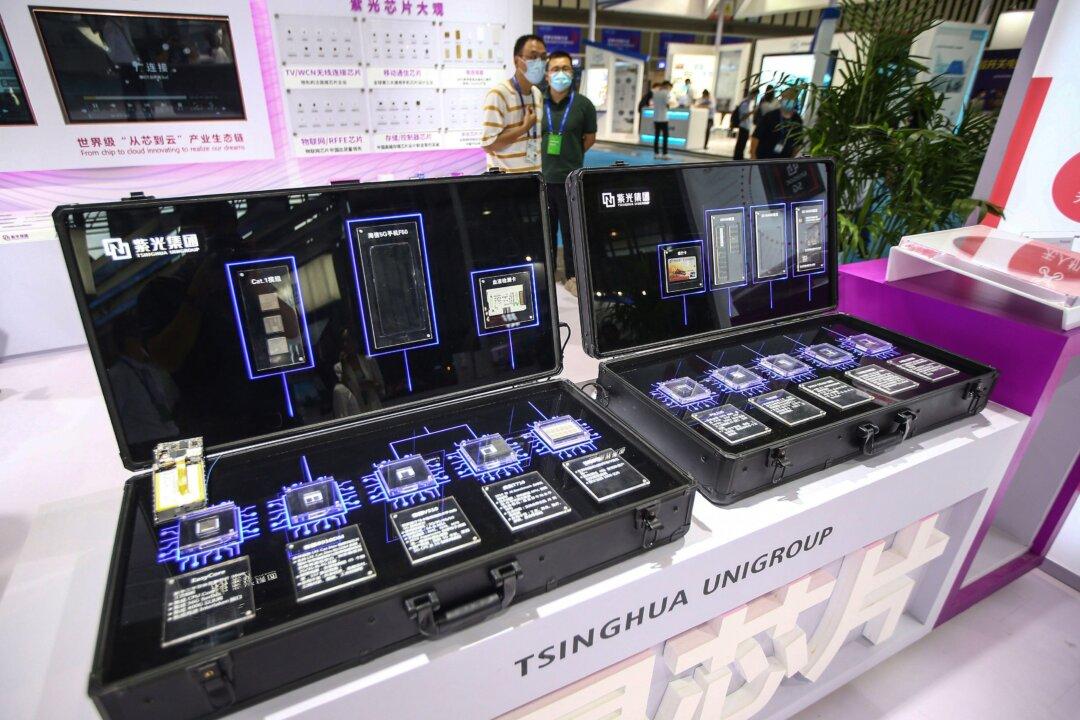Commentary
With China lagging on semiconductor manufacturing capabilities, local governments have stepped up chip production under Chinese leader Xi Jinping’s ambitious “Made in China 2025” industrial policy.

With China lagging on semiconductor manufacturing capabilities, local governments have stepped up chip production under Chinese leader Xi Jinping’s ambitious “Made in China 2025” industrial policy.